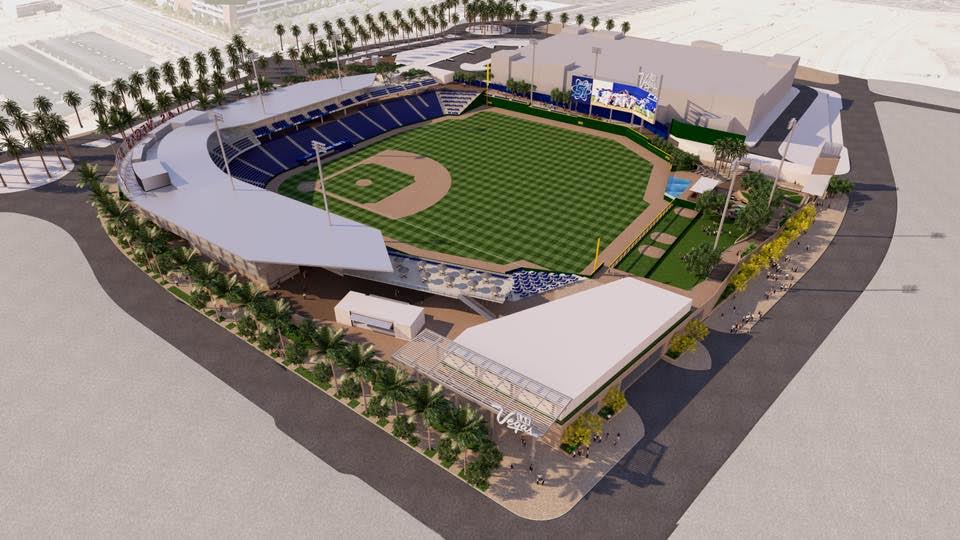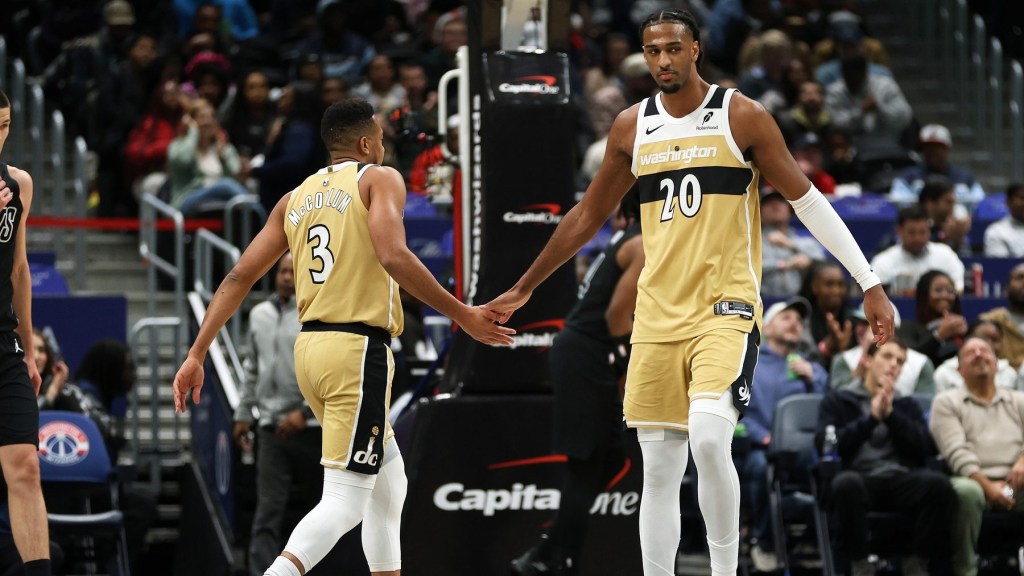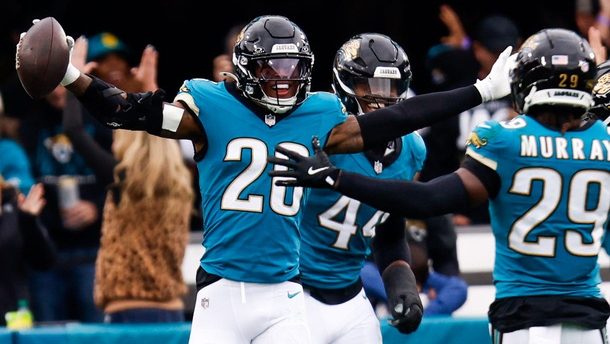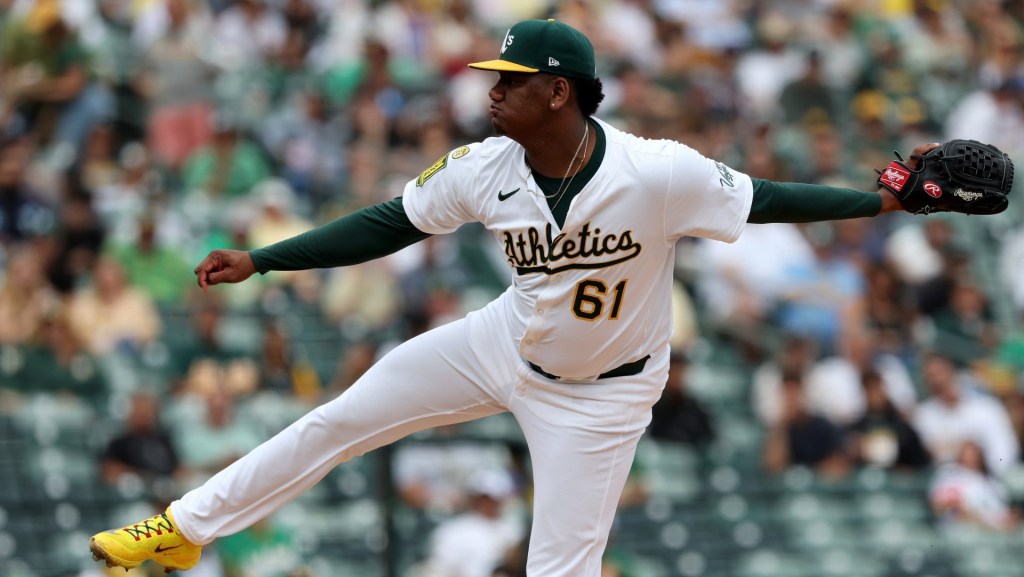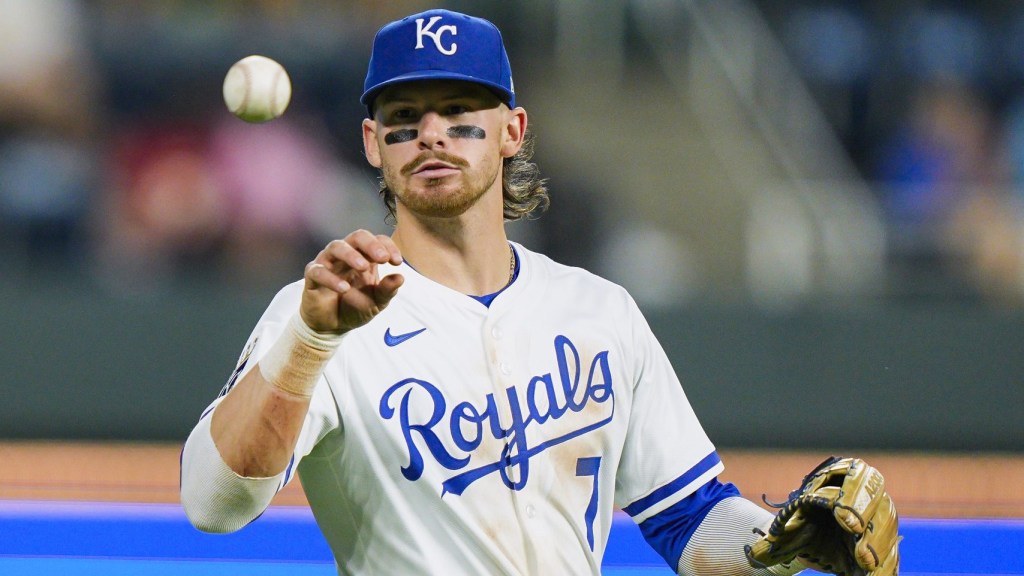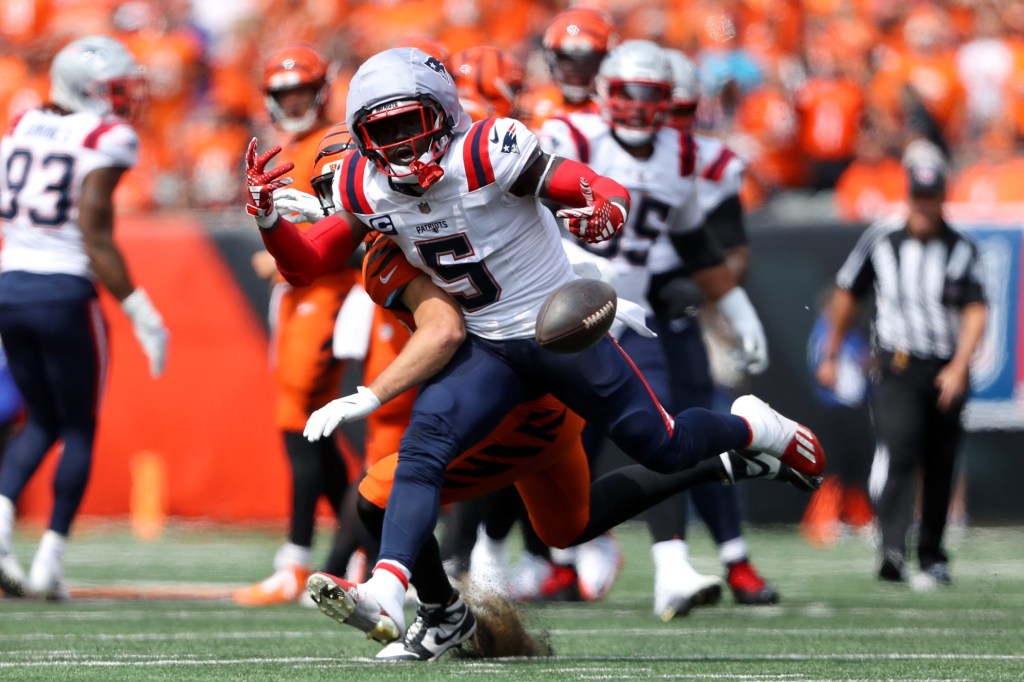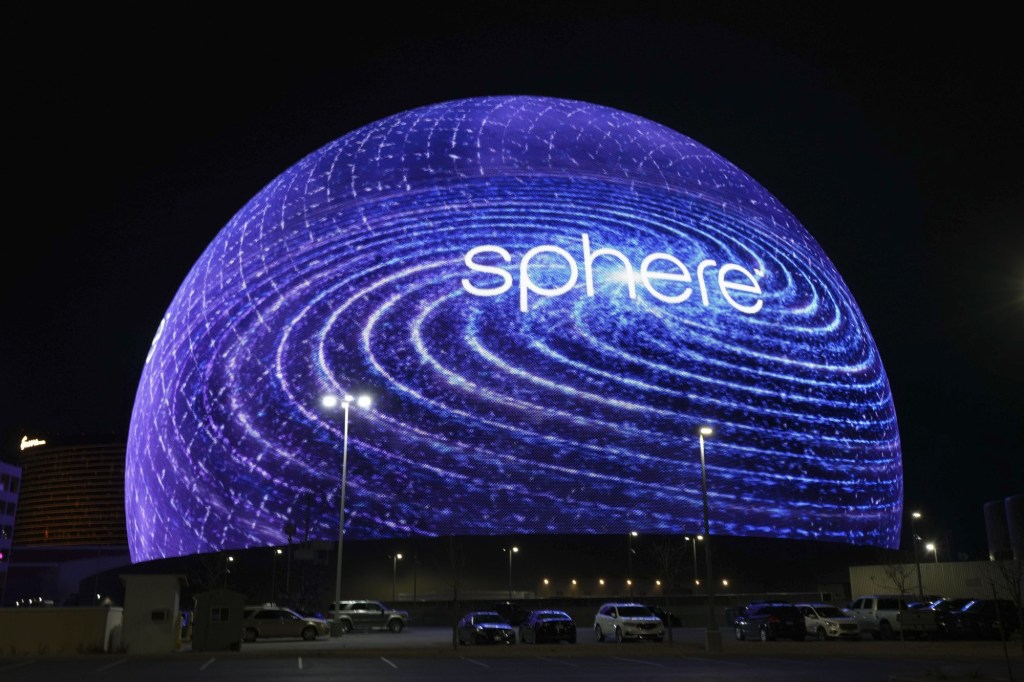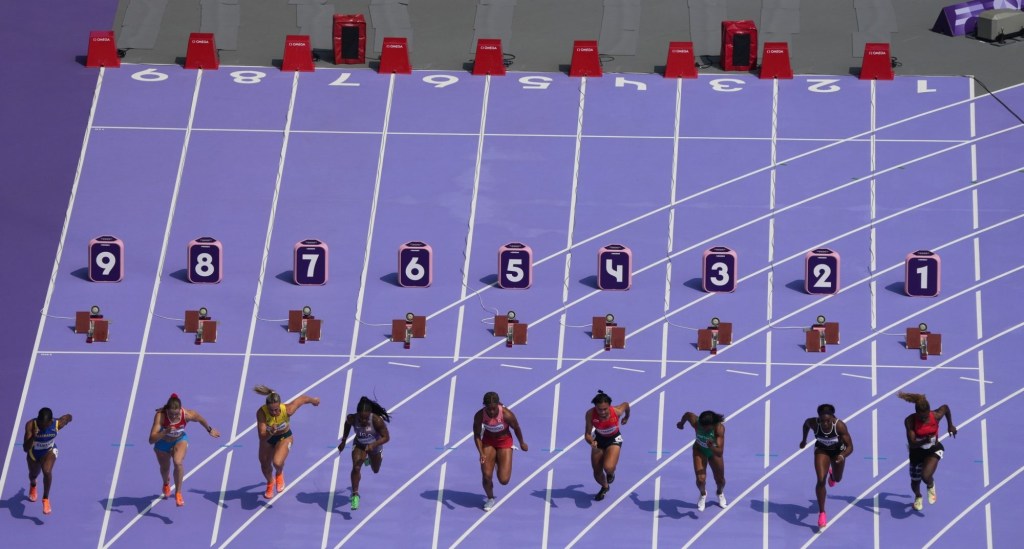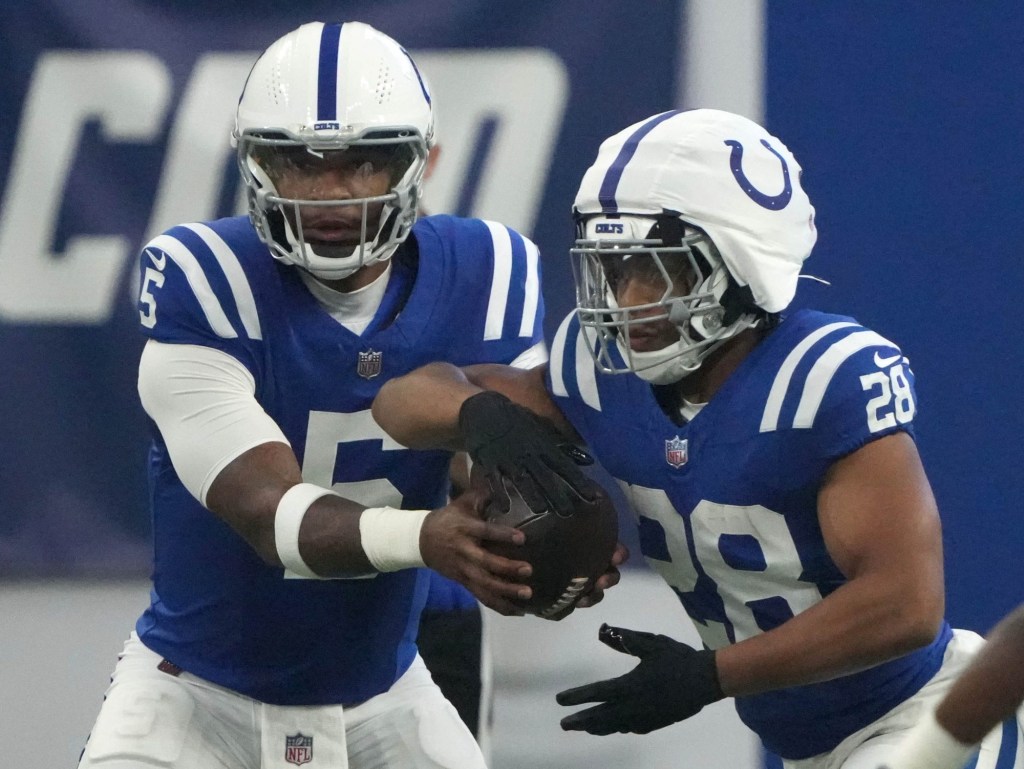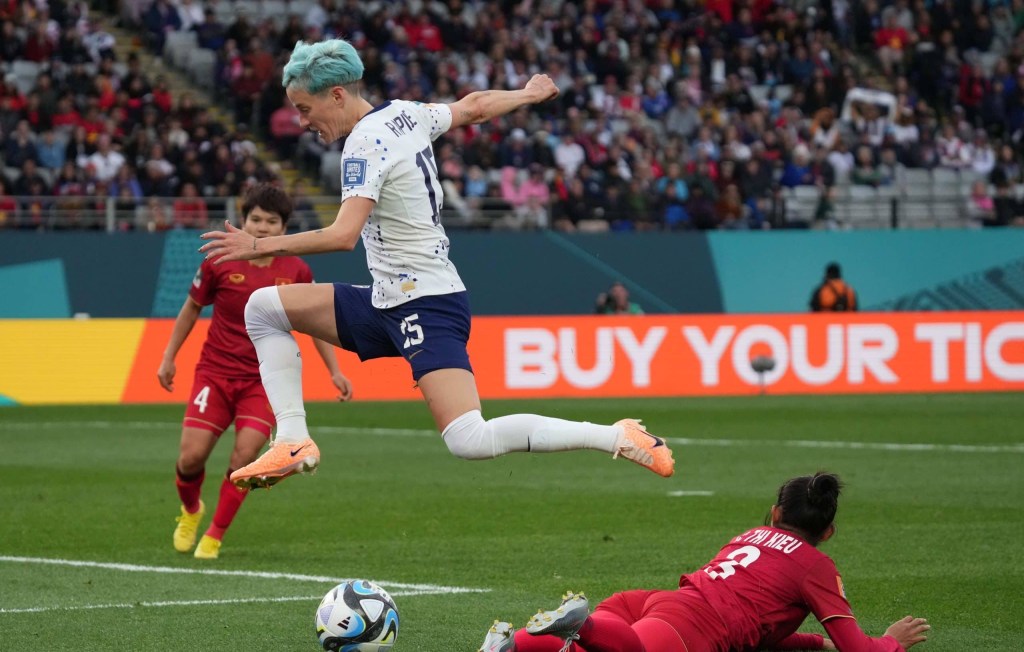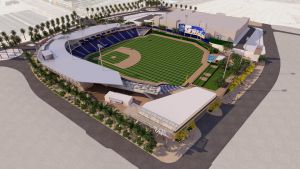
Photo via Las Vegas Ballpark
When Las Vegas Ballpark opens on April 9, more than three decades of stadium advancements will be on display.
The old stadium, Cashman Field, opened in 1983 and was already out of date by 1993, said Don Logan, president and COO of the Las Vegas Aviators, the recently rebranded moniker of the AAA team. The team also signed a development agreement this fall with the Oakland Athletics, after its agreement with the New York Mets expired.
Despite stadiums quickly surpassing Cashman, it took another 25 years to break ground on a new venue.
“Cashman, I hate to bash it, but it just outgrew its usefulness,” Logan said. “The world changed and it didn’t.”
Enter the Howard Hughes Corporation, a major land developer in Las Vegas — specifically behind the Summerlin neighborhood. The company purchased the Las Vegas 51s in 2013. With more than 400 acres at its disposal for Downtown Summerlin — about half of which is developed — a space was reserved for the Las Vegas Ballpark, an approximately $150 million project right next door to the corporate headquarters and practice facility of the NHL’s Vegas Golden Knights.
READ MORE: Minor League Baseball Showcasing Deeper Partnership Connections With Hot Dogs
The two sports facilities are at the center of a master-planned community meant to provide an idealistic “live, work, play” environment in Las Vegas. More than 4,000 urban residential units can be built around the stadium in the near future.
“Even in 2011, I’m not sure we’d see iconic sports facilities in downtown Summerlin,” said Tom Warden, Howard Hughes Corporation senior vice president of community and government relations. “It’s a lot of opportunities for the team and also for Summerlin; we view this as an amenity for the Summerlin community.”
The new stadium has greatly improved amenities in all aspects, largely focused on player development and fan amenities, with a capacity for 10,000.
The centerpiece might be the video board, which Logan said is in the top 25-largest in all of organized baseball with 3,930 square feet of digital space. On off nights, movies might be played on screen for community residents.
A big consideration behind much of the Las Vegas Ballpark design was the high heat of Southern Nevada summers. The seats in the stadium are mesh, which greatly reduces the heat on spectator backsides. Logan said when a summer day reaches 110 degrees, plastic and metal seats can reach near 200 degrees. The mesh seats maintain temperatures below 100 degrees.
[mc4wp_form id=”8260″]
Likewise, there are giant fans from the company Big Ass Fans circulating air throughout the concourse. Fans can navigate the stadium 360 degrees with various destinations throughout to keep fans occupied and in the stadium, Logan said.
In the outfield, a swimming pool will look out at the field. A kids splash pad is also found in the stadium.
“This is all a tribute to the Hughes Corporation being willing to spend money where it matters and improve the experience,” Logan said. “We want to make people more comfortable and want to come back more often.”
4Topps First Glimpse at our
First Class Fan Experience:💺 100% AirFlow Mesh Seats pic.twitter.com/pdl0cFVwwL
— Las Vegas Ballpark (@thelvballpark) January 4, 2019
The suite level will have two end caps with walkout party decks with capacity for 350 people.
Logan also said the food and beverage program will be much more aligned to modern minor league baseball than Cashman was and more indicative of the Summerlin community. They’ve even built in a show kitchen to bring in celebrity chefs to cook for fans.
“What other Triple-A team has the ability to do that?” Warden asked.
For players, they too get a respite from the baseball season heat. Cashman Field had no indoor batting cages, weight training or rehabilitation center. The facilities were regularly regarded among the bottom of organized baseball.
READ MORE: The Minor League Baseball of the Future
Now, there’s three indoor batting cages under the right-field stands, as well as greatly improved player facilities for better development.
The organization is already in talks with college conferences to host tournaments, and it plans on hosting more MLB exhibitions than the one or two a season at Cashman. The Aviators’ former stadium is still home to the Las Vegas Lights, the city’s United Soccer League team.
Las Vegas Ballpark is one of two Minor League Baseball stadiums opening next season, along with Advanced Class-A Fayetteville Woodpeckers.
“We’ll be the belle of the ball,” Logan said. “The good thing is we had 35 years to learn from and improve on, and we’re benefiting from all of it.”
